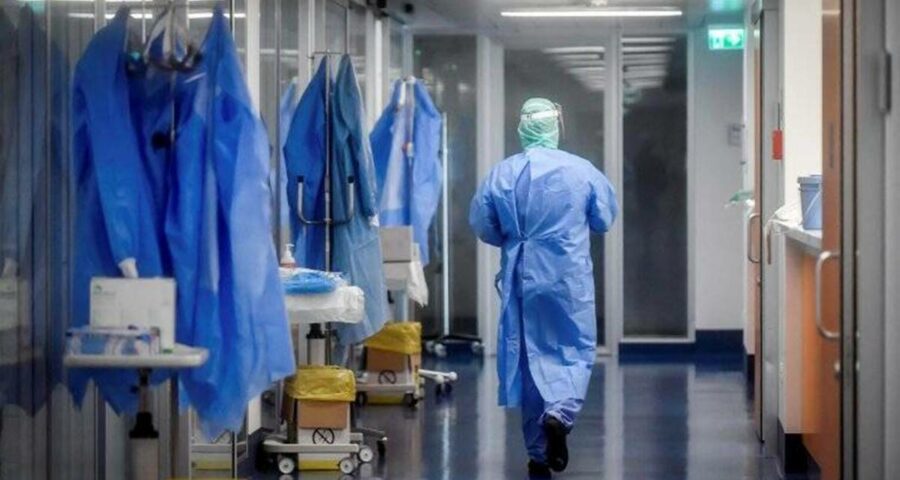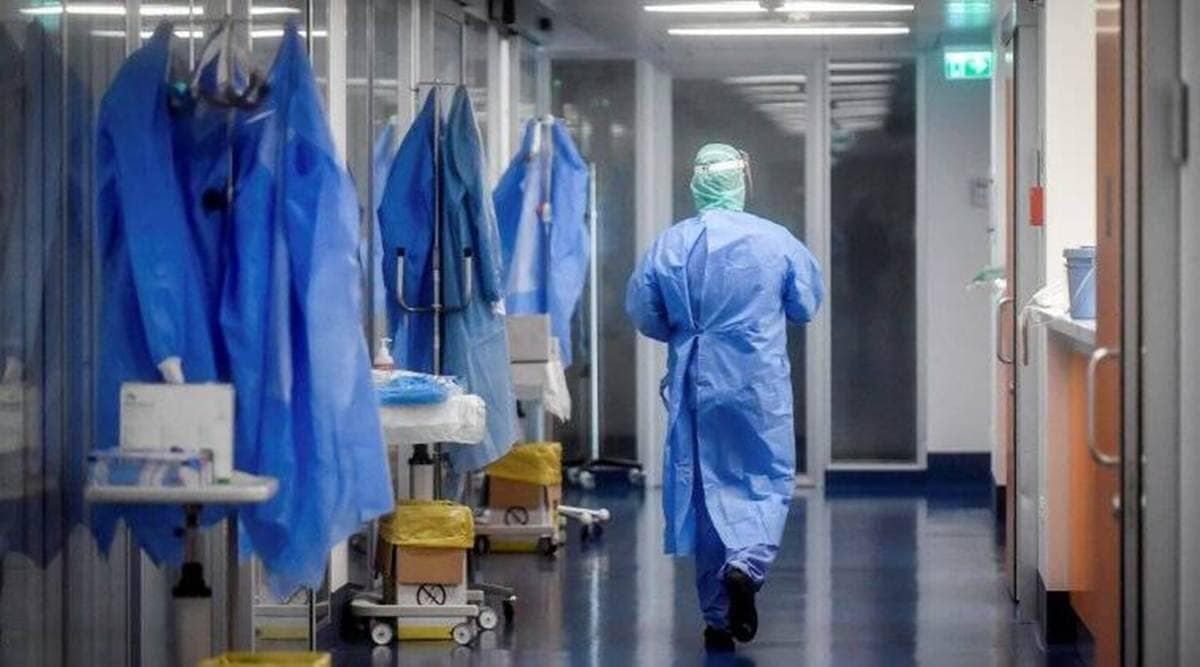Covid should catalyse changes in medical education, enhance the profession’s orientation towards scientific sensibility and compassion
Major reforms in Western medical education began after the Flexner report of 1910 advocated structured, science-based and laboratory supported learning, replacing the apprenticeship model inherited from apothecaries. It also influenced training methods in medical colleges of colonised countries. While infusing the strength of rigorous scientific research into medical precept and practice, Western models imposed the rigidity of a reductionist approach that increasingly focused on partitioning the human body into organs, tissues, cells and sub-cellular structures. Though these models ushered remarkable scientific innovations, the integrated functioning of the human body and its interconnectivity to other life forms and the natural environment became obscured from the visual field of medical education. Indian medical colleges, usually located in an urban ambience and linked to tertiary care hospitals, were disconnected from the real world functioning of a multi-layered health system.
In 2010, an independent global panel, The Commission on Health Professional Education in the Twenty First Century, advocated a multi-disciplinary, socially responsive model of education. But the commission’s call to make medical education holistic in its scientific approach and health system connected in its functional linkages has not yet imparted the required momentum for impactful change in systems that remain anchored to convention. While a government nominated Medical Council of India recently breached the status quo conservatism of its elected predecessor to propose several useful reforms, they are yet to demonstrate impact.
The Covid-19 pandemic could provide the catalytic spark for more reforms by throwing light on many areas that medical education must address. There are new competencies that a young doctor must develop and display in a world with changing channels of demand and delivery of health services. The pandemic has also reemphasised time-honoured scientific precepts and moral values of the medical profession, which had been obscured by the greed and grime of commercialised healthcare.
The ability to judge the quality of new scientific evidence for correctly guiding clinical practice and future research is essential for a doctor in training. This requires a good understanding of research methodology and the skill of critical appraisal that can distinguish good science from bad. This is much needed when new claims inundate medical journals and social media. Even peer reviewed journals sometimes publish articles of unsound methodology. The rush for information during the pandemic has removed the inadequate protective filters with unreviewed publications getting circulated as pre-prints.
Medical education must teach the essential principles of epidemiology and statistics that underlie good research design and interpretation. Even if most doctors do not become researchers, they should be capable of intelligent interpretation and judicious application of new scientific information. They should judge a research study for both internal validity (how true are the reported results likely to be) and external validity (how applicable are the recommendations to their patients or population).
Without such insights, many inappropriate tests and ineffective medicines are prescribed by doctors in the misguided belief that they are doing good to their patients — this has been noticed in the pandemic. An important caveat to teach is that a plausible biological mechanism does not by itself assure therapeutic benefit. In the past, apparently promising anti-hypertensive and anti-arrhythmic drugs even caused harm, despite appealing biological rationale and apparent benefit on surrogate markers. During the Covid pandemic, drugs like hydroxychloroquine failed when put to the critical test of a clinical trial. Yet, untested drugs for Covid abound in clinical practice because medical education failed to impart skills to critically appraise claims.
It is the naive belief of many clinicians that a positive test invariably means presence of disease and a negative test signifies its absence. False positive and false negatives occur with most tests, for technical reasons and also because the probability of disease varies based on the characteristics of the person being tested. Thus, post-test probability is determined by both the pre-test probability and the test result. This Bayesian concept is seldom taught in medical schools. Neither is the concept of using an additional test only when there is an incremental value in enhancing the probability to a decision hanging level. As a consequence, wasteful tests may be piled on unnecessarily, increasing both financial and biological costs to the patient. During Covid, we have seen puzzled debates on the failure of RT-PCR and rapid antigen tests to always identify infection as well as on the unnecessary use of chest CT scans in many persons.
Telemedicine has emerged as an important bridge to clinical care during periods of restricted mobility. When the pandemic ends, the convenience and cost-effectiveness of such consultations will make telemedicine an established component of health systems. Medical education must impart the needed technical and social skills to make tele-consultations effective and safe. Several countries have been using simulated patients in recent decades to train and test medical students in both clinical and social skills. Given India’s vast patient numbers, we never felt the need for employing tutored lay persons as training models. However, the growth of telemedicine requires that medical students be trained to efficiently evaluate patient data and make competent management decisions, even from a distance. Simulated patient interactions can help in this. Telemedicine may involve engagement with the patient, an attendant or with a primary care team member. The interaction must be suitably tailored to each type, utilise time efficiently and be conducted with patience.
The need for imparting skills of effective public communication and empathetic conversations with patients has been highlighted by the pandemic. Increasingly, doctors are being called upon to clarify medical concepts and research findings to the media and lay public. Precise, accurate, jargon-free, confident and clear communication is needed in such interactions. The need for strict isolation of infected persons has separated patients in intensive care units from loved ones. Even when the doctor in a hazmat suit appears an alien, caring communication is possible through the tone of voice, well-chosen words that convey compassion and even non-verbal gestures that show that the doctor cares. The public health pioneer Livingston Trudeau once said, the duty of a physician is “to cure sometimes, to relieve often, to comfort always”. Medical education must now enhance scientific sensibility and compassion amongst physicians.
The writer, a cardiologist and epidemiologist, is president, Public Health Foundation of India.
The views expressed are personal
Source: Read Full Article



